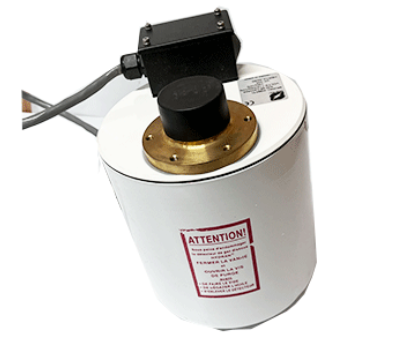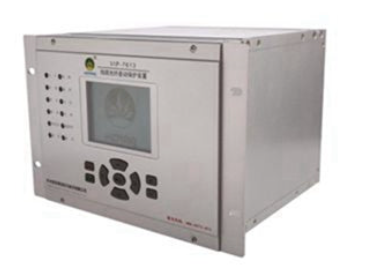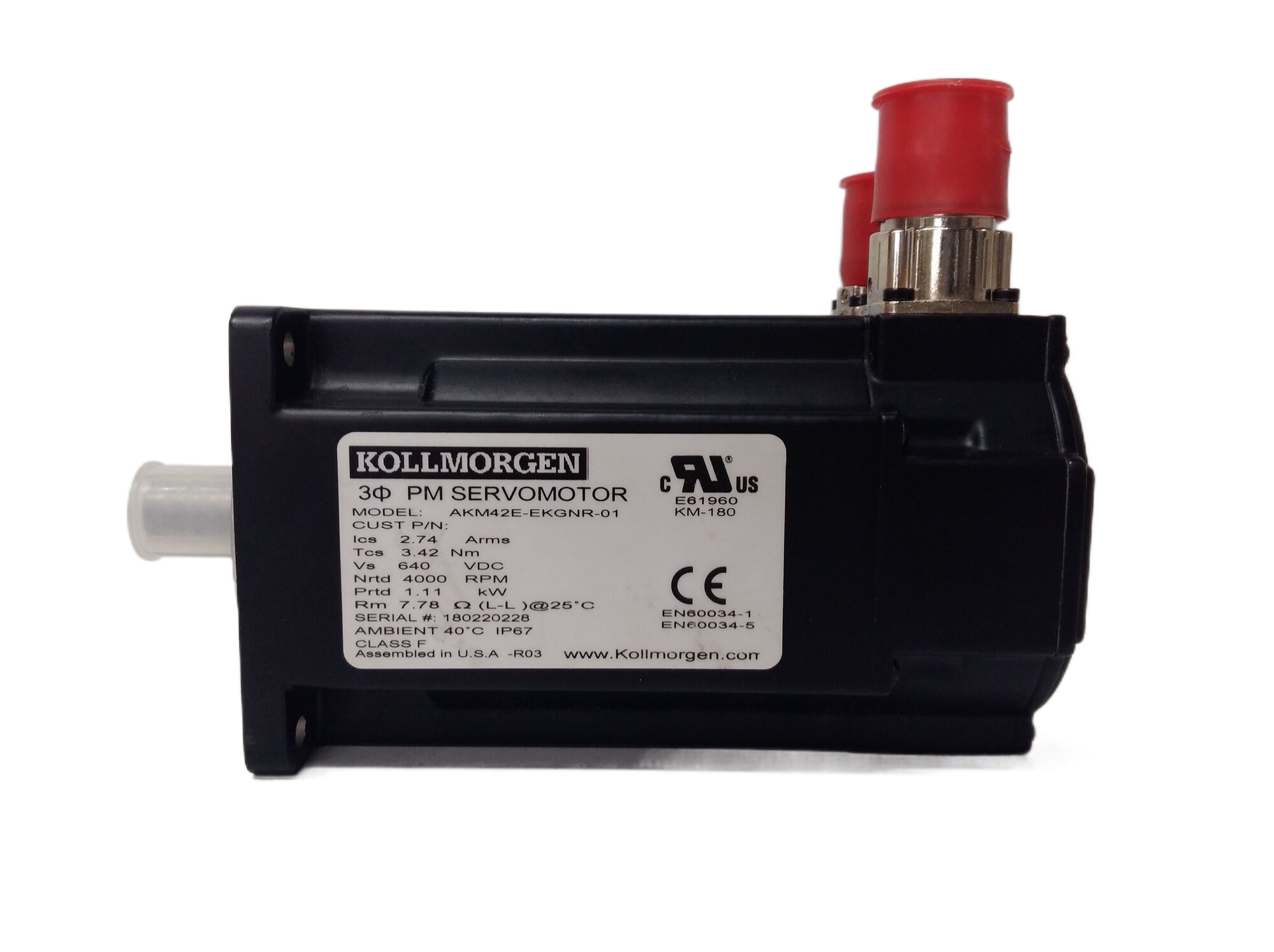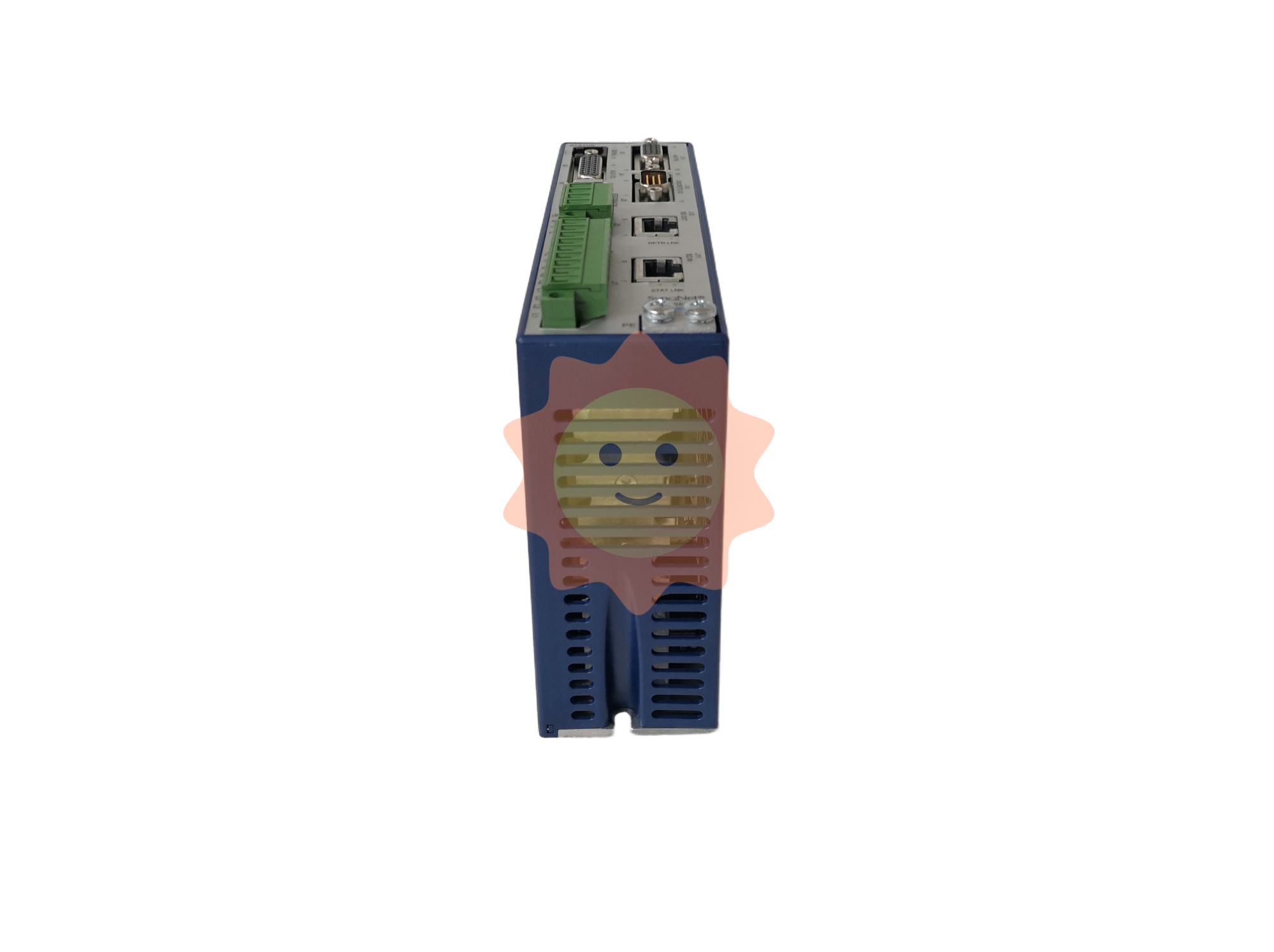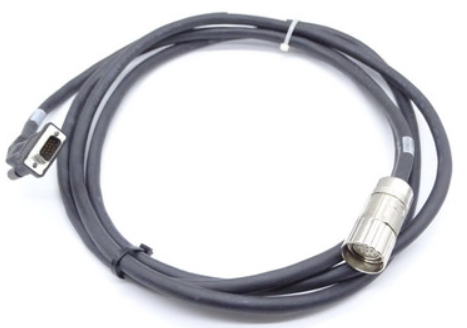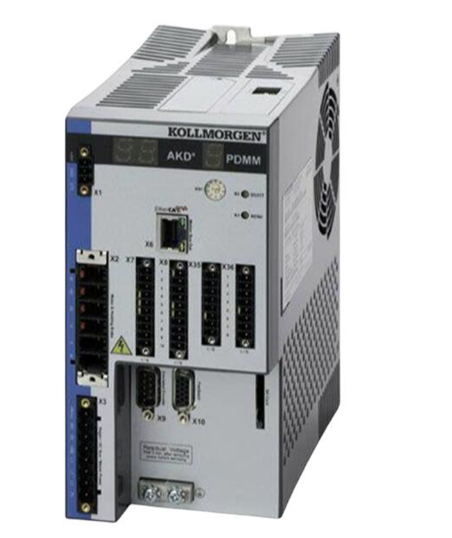Current situation and problems of nuclear power development in our country
2. No safety design can withstand man-made accidents and natural disasters
An evaluation led by the French Atomic Energy Commission has shown that no technological innovation can eliminate human error in the operation of nuclear power plants, especially in maintenance and testing, as long as someone makes a small mistake in a very small link, it can cause the entire system to collapse. Moreover, the effects of natural disasters are impossible to prevent. The Fukushima nuclear accident shows that it is not that Japan "cannot make safe nuclear power plants", "but that the Japanese did not anticipate the occurrence of a" once in a thousand years "magnitude 9 earthquake, and triggered a" rare "tsunami." [10] China is a country with frequent droughts and floods, frequent earthquakes, geological and climatic disasters, and there are 22 nuclear power plants planned to be built in the Yangtze River basin, with a total power of up to 2600? 30 million kilowatts. The Yangtze River basin has a record of continuous drought for many years in history. Once the drought occurs, the water source dries up, and it is likely that there will be a major nuclear power plant accident. [11] As Academician He Zuoxiu has said, even if there is no drought, if you pour large amounts of hot water over 80 degrees Celsius into the Yangtze River or its tributaries for months and years, it will kill fish and many living things in the water, causing serious thermal pollution.
3. Nuclear terrorist attacks and war strikes are impossible to prevent
In recent years, international terrorist organizations have been looking for terrorist means that can cause heavy casualties and huge material losses, especially nuclear terrorist attacks. China is also under great pressure to cope with attacks and sabotage by international terrorists, ethnic separatists and religious extremists. Although the level of nuclear security in China has been improved to some extent, it is difficult to ensure that there are no mistakes due to the large number and wide distribution of nuclear power plants, the lack of managers, and the lack of 100% strict nuclear security measures. Moreover, it is technically very easy for terrorists to attack nuclear power plants. In addition to a direct hit on the main part of the nuclear power plant with flying small explosives, power outages, water outages, and cyber attacks, [12] would cause irreversible damage. There is also the possibility of future war strikes to consider. Since the Taiwan question is far from being resolved and territorial disputes with neighboring countries have never been interrupted, it is hard to say that local wars or even large-scale wars will not break out in the future. At the time, as one Taiwanese television host put it, a missile aimed at China's sprawling nuclear power plants and facilities was tantamount to dropping hundreds or thousands of nuclear weapons.
4. China's nuclear power security facilities are actually at a low level
Because the National Development and Reform Commission requires that the cost of nuclear power be no more than 20 percent of the cost of oil generation, Chinese nuclear plants are designed with very low safety standards to keep costs down. The reason why China's nuclear power is "cheap" is because the safety standards of construction are low, and the subsequent processing costs are not included. [13] Here are two examples: First, China's "fast neutron reactor" is based on the Phoenix reactor developed by France, or it has absorbed some Russian technology. In France, the Phoenix pile is recognized as not safe enough performance, no industrialization prospects, has stopped research and development. Second, China's nuclear power plants under construction mainly use the AP1000 technology and standards of the Westinghouse Company of the United States. After 9/11, U.S. law required new nuclear power plants to be able to maintain the safety of the reactor core or containment vessel in the event of a malicious strike by a large aircraft such as a Boeing 747. China does not adopt this design modification because there is no legal requirement to do so. In fact, the upgraded version of the US AP1000 technology was voted out of the security review when bidding in the UK in 2011, indicating that the international community is wait-and-see and skeptical about its security reliability.

2. There is no solution to the problem of nuclear waste
1. The contamination cycle of nuclear waste is long
At present, the life of the world's nuclear power plants is only 40 years, and the nuclear waste pollution cycle left after their decommissioning is as long as 200,000 years, which will leave a huge burden on the environment. According to the research of scholar Wu Hui, after the dissolution of nuclear power enterprises, thousands of tons of high-energy nuclear waste and tens of thousands of tons of low and medium level solid waste remain in the local area, who will supervise, protect and prevent accidents? This nuclear waste can only exist quietly, slowly spreading, destroying everything around it. Foreign studies show that the specific activity of radionuclides in soil is greatly affected by natural sources of atmospheric subsidence, and the effective depletion half-life coefficient of 137Cs is much lower than that of radionuclides. [15] As little as 10 milligrams of nuclear waste is enough to kill, who will keep people safe? Therefore, we cannot only consider the safety of 40 years of operation and ignore the safety of 200,000 years of nuclear waste, nor can we only consider the cost of 40 years of operation and ignore the cost of 200,000 years of nuclear waste disposal. How to properly handle and store nuclear waste to ensure that it will not seriously damage the human living environment for hundreds of thousands of years, all countries in the world, including China, have not found a proper plan.
- EMERSON
- Honeywell
- CTI
- Rolls-Royce
- General Electric
- Woodward
- Yaskawa
- xYCOM
- Motorola
- Siemens
- Rockwell
- ABB
- B&R
- HIMA
- Construction site
- electricity
- Automobile market
- PLC
- DCS
- Motor drivers
- VSD
- Implications
- cement
- CO2
- CEM
- methane
- Artificial intelligence
- Titanic
- Solar energy
- Hydrogen fuel cell
- Hydrogen and fuel cells
- Hydrogen and oxygen fuel cells
- tyre
- Chemical fiber
- dynamo
- corpuscle
- Pulp and paper
- printing
- fossil
- FANUC
- Food and beverage
- Life science
- Sewage treatment
- Personal care
- electricity
- boats
- infrastructure
- Automobile industry
- metallurgy
- Nuclear power generation
- Geothermal power generation
- Water and wastewater
- Infrastructure construction
- Mine hazard
- steel
- papermaking
- Natural gas industry
- Infrastructure construction
- Power and energy
- Rubber and plastic
- Renewable energy
- pharmacy
- mining
- Plastic industry
- Schneider
- Kongsberg
- NI
- Wind energy
- International petroleum
- International new energy network
- gas
- WATLOW
- ProSoft
- SEW
- wind
- ADVANCED
- Reliance
- YOKOGAWA
- TRICONEX
- FOXBORO
- METSO
- MAN
- Advantest
- ADVANCED
- ALSTOM
- Control Wave
- AB
- AMAT
- STUDER
- KONGSBERG
- MOTOROLA
- DANAHER MOTION
- Bently
- Galil
- EATON
- MOLEX
- Triconex
- DEIF
- B&W
- ZYGO
- Aerotech
- DANFOSS
- KOLLMORGEN
- Beijer
- Endress+Hauser
- MOOG


Email:wang@kongjiangauto.com

